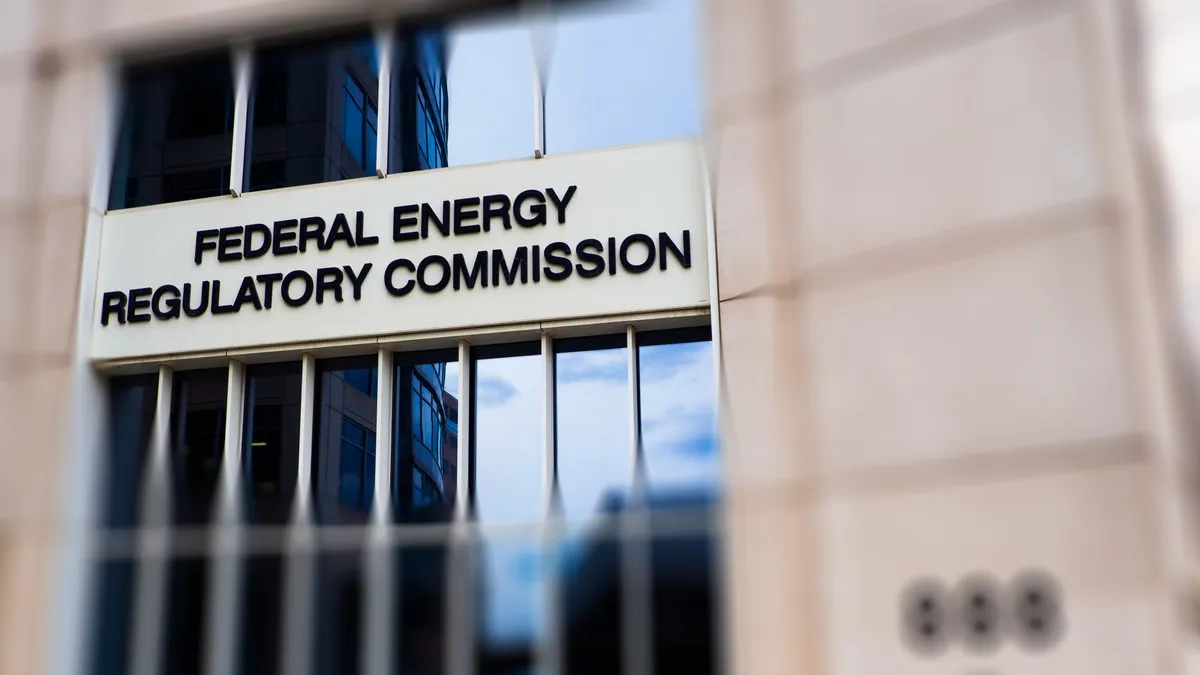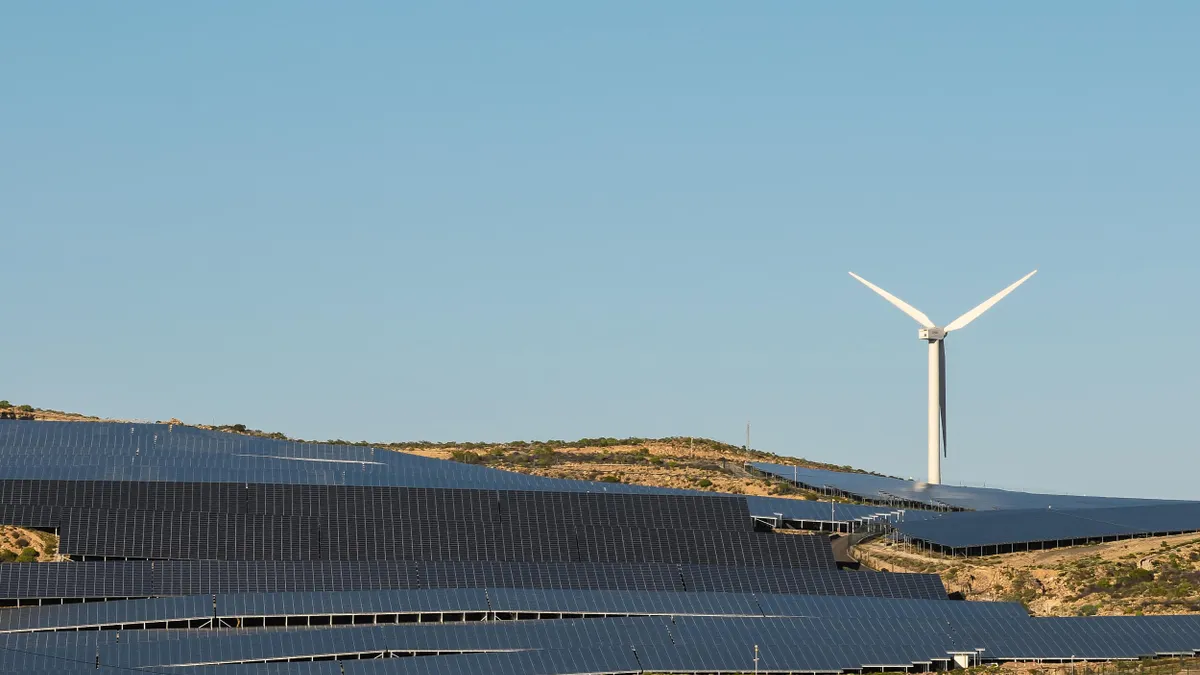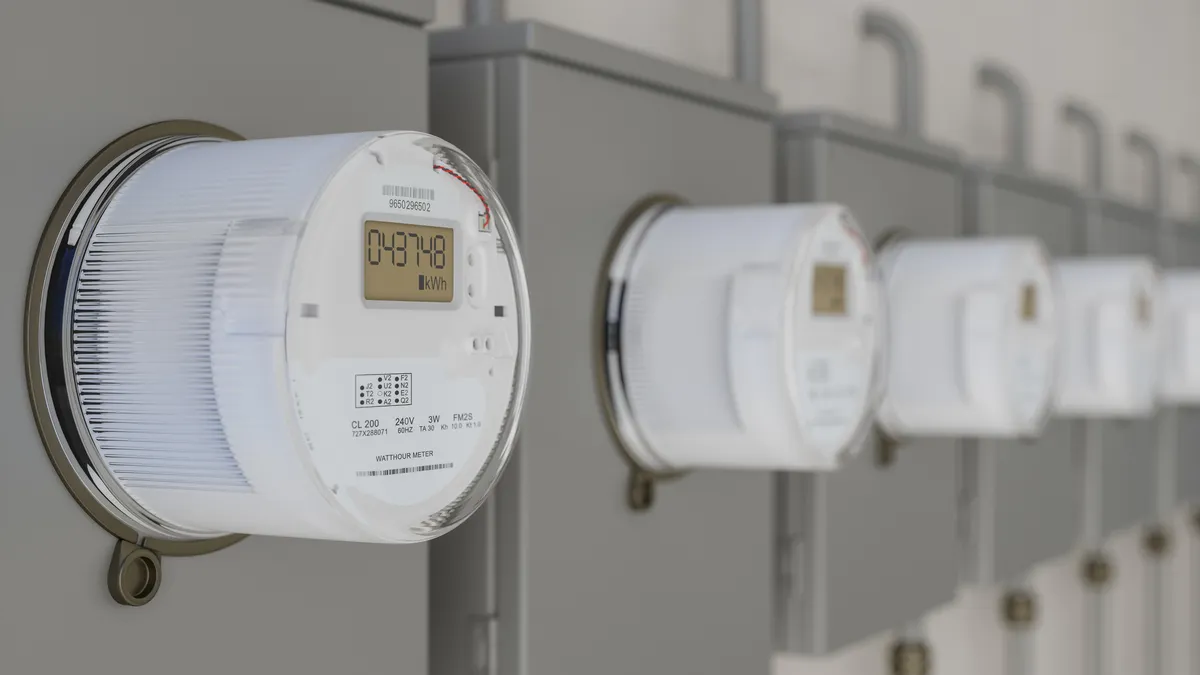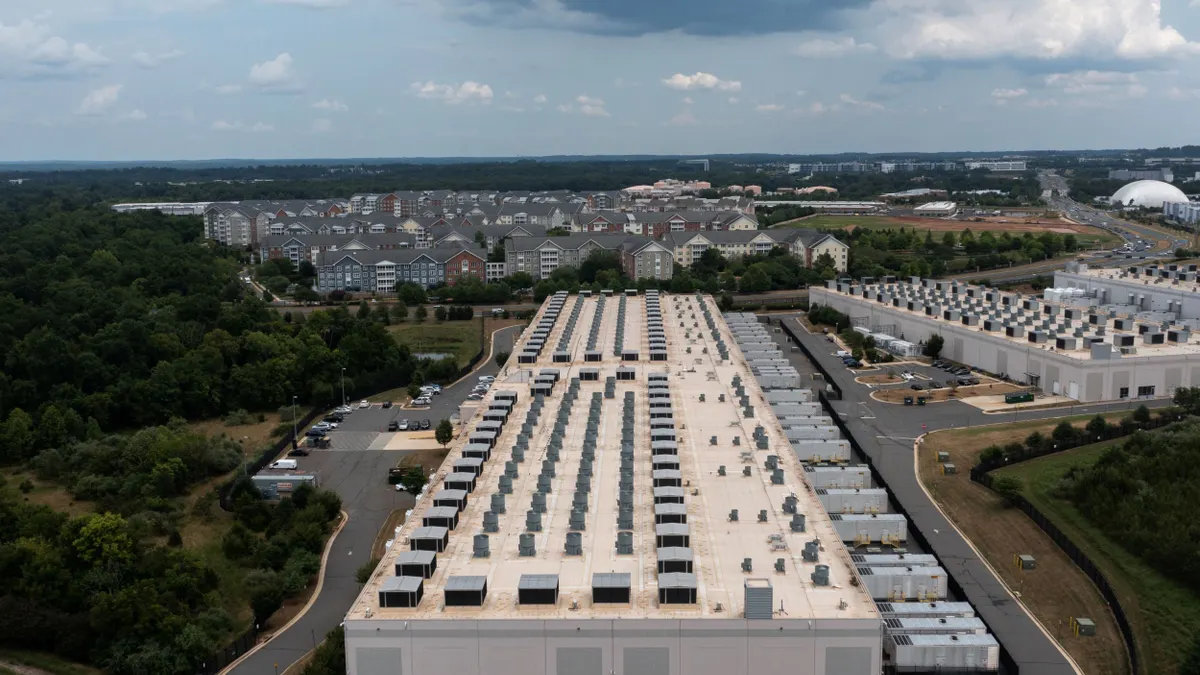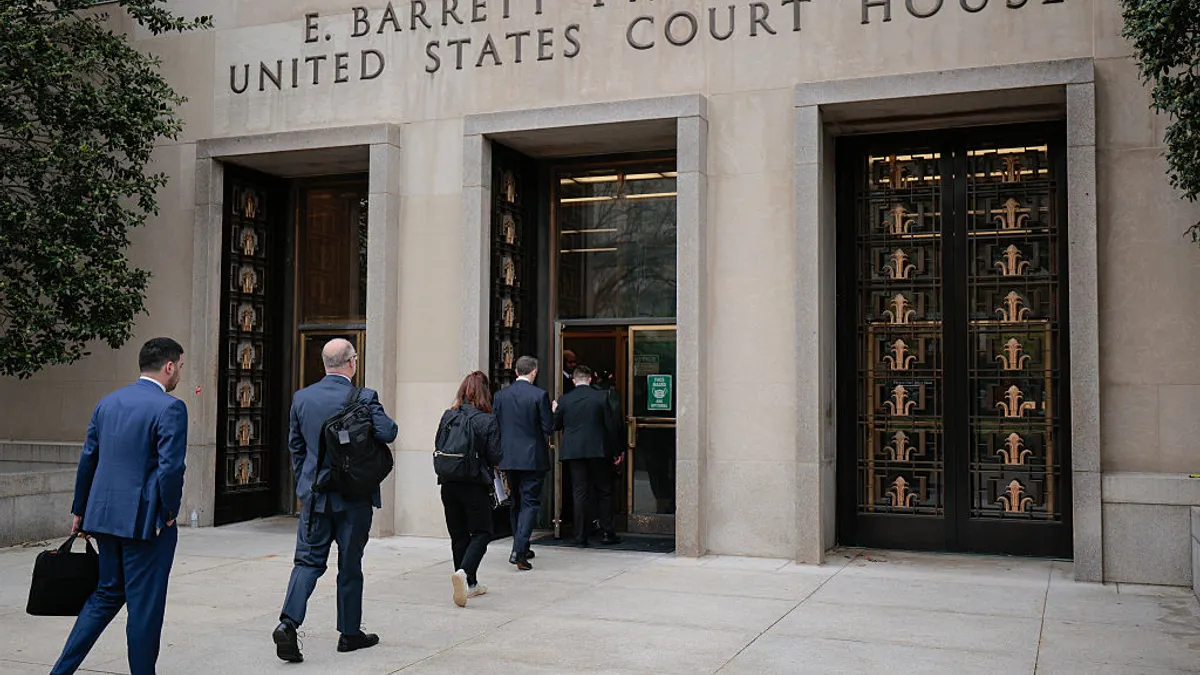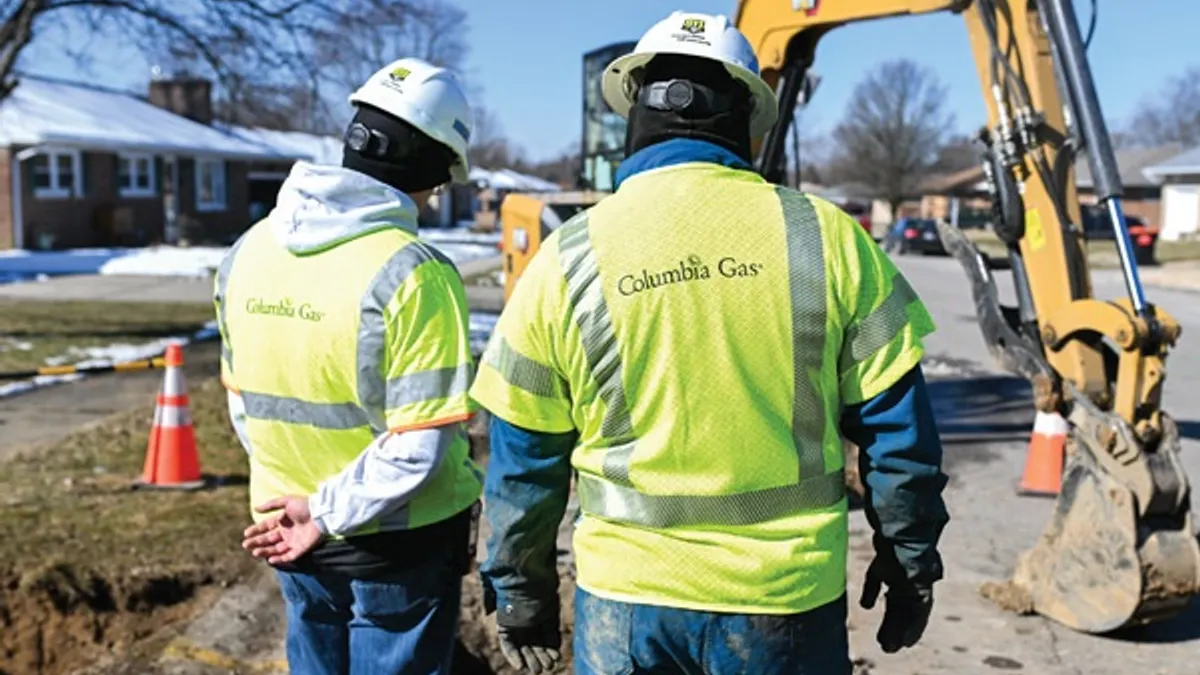William Scherman, Jeffrey Jakubiak, John Decker and Damien Lyster are partners, Jennifer Mansh is counsel, and Jessica Rollinson and Jake Silver are associates at Vinson & Elkins.
Recently, the Federal Energy Regulatory Commission and the Department of Energy have proposed many rules supporting the Biden administration’s push to build transmission infrastructure to ensure reliability and support new generation resources. Many of these rules are in the final stages of the rulemaking process and we expect 2024 to be a significant year for FERC action on transmission infrastructure.
Danly’s Departure
With Commissioner James Danly’s term over, FERC has a three-person quorum. This should not impact FERC’s ability to conduct business. Practically, we expect the remaining commissioners to reach consensus on many issues and that FERC will operate with three members for much of 2024 due to the upcoming election.
Prediction 1: FERC will likely issue a transmission siting order
Background: Recently, we have seen a significant focus on legislative and regulatory solutions to alleviate difficulties with siting electric transmission facilities. While DOE is statutorily permitted to designate National Interest Electric Transmission Corridors, or NIETCs, FERC has “backstop authority” to site transmission projects within an NIETC over states’ objections. In 2021, Congress clarified both DOE’s and FERC’s authority. In late 2022, FERC issued a Notice of Proposed Rulemaking, or NOPR, related to its backstop authority and is reviewing comments.
Predictions: DOE’s issuance of application guidance in December 2023 started the first window for public submissions on NIETC designations and we are optimistic that FERC will act in 2024. Not only has DOE been advancing clarifications on the NIETC process, but FERC is hearing Congressional calls to complete the rulemaking. Chairman Willie Phillips also indicated that this is a high priority.
Importance: FERC’s and DOE’s actions should facilitate faster, more efficient transmission siting by providing meaningful guidance to developers and allowing FERC to use its backstop authority. However, obstacles remain significant. For instance, even after final rules, developers will still lack eminent domain authority, especially over state-owned land.
Prediction 2: FERC will likely propose a new ROE methodology and permitted ROE incentives
Background: FERC’s ROE policy has been in flux for around a decade. In August 2022, the D.C. Circuit Court of Appeals vacated FERC’s established ROE methodology and FERC has not proposed a new methodology. Relatedly, FERC issued in March 2020 a NOPR revising the scope of ROE incentives for transmission owners. FERC, however, has yet act.
Predictions: We are optimistic that FERC will implement a new ROE methodology in 2024. FERC’s failure to establish a durable ROE methodology creates uncertainty, limits investment, and obstructs transmission capacity expansion. Because FERC’s ROE methodology and ROE incentive adders are intertwined, we expect FERC will act on each simultaneously.
Importance: With favorable rulings addressing both the ROE methodology and ROE incentives, FERC will likely spur the development of transmission infrastructure by creating revenue certainty for transmission providers; reducing ROE-related disputes; and increasing capital available to developers. Thus, FERC’s action here will likely increase investment in transmission projects and expand transmission capacity.
Prediction 3: FERC will likely issue a rehearing order on Order No. 2023
Background: FERC issued Order No. 2023 in July 2023, making significant changes to the large generator interconnection process. Many parties filed rehearing requests and petitions for review, but FERC has not yet acted. In October 2023, FERC extended the compliance deadline to April 3, 2024.
Predictions: We expect that FERC will issue its rehearing order in early 2024 and may make significant changes to Order No. 2023’s initial framework. Chairman Phillips indicated this was a high priority and there have been indications that a substantive rehearing order is forthcoming. FERC has not signaled what changes may be included, but the rehearing requests largely focus on Order No. 2023’s study delay penalties and the increased data sharing obligations for transmission providers. We expect revisions to these two issues in any final rule.
Importance: The interconnection process has been a key focus for stakeholders given the lengthy wait times across queues and the need to quickly bring significant amounts of clean energy resources online to meet energy transition targets. Order No. 2023 could have a profound impact on the interconnection process. However, these gains will cost developers and transmission providers alike, each of whom must quickly adapt to new procedures. Changes to contested issues could ultimately lessen the envisioned efficiency gains and could change the entities that bear the reform’s greatest implementation burdens.
Prediction 4: FERC will likely address regional transmission planning/cost allocation
Background: FERC launched its effort to reform regional transmission planning and cost allocation with a NOPR in April 2022. The NOPR would drive significant changes to the regional transmission planning processes by requiring transmission providers to conduct long-term, forward-looking regional transmission planning and revising cost allocation principles. The NOPR attracted considerable attention with hundreds of comments submitted.
Predictions: We expect that FERC will issue a final rule in 2024 although the breadth of the rule is uncertain. In 2023, FERC prioritized interconnection queue reform and now it can focus more on transmission planning and cost allocation. Moreover, Congress’s failure to pass meaningful transmission siting reform has elected Democrats looking to FERC to advance the Administration’s transition goals.
Importance: The final rule could cause dramatic shifts in the planning, constructing, and funding of electric transmission infrastructure, making transmission planning more predictive and less reactive. The mandate to consider an expanded set of benefits when constructing new facilities may allow transmission providers to allocate costs more broadly, potentially lowering barriers to construction for new generation. However, any expanded benefits analysis could invite closer scrutiny and litigation from those not receiving commensurate benefits.
Overall Wild Card
Looming over any 2024 electric policy predictions are the ever-increasing concerns about the reliability and stability of the nation’s electric grid. NERC’s 2023 Long-Term Reliability Assessment issued this past December was a stark and sobering warning about the grid’s fragile state. Any major reliability event in this election year could instantly reshape FERC’s agenda and priorities.


